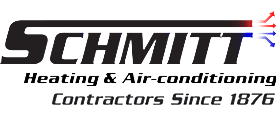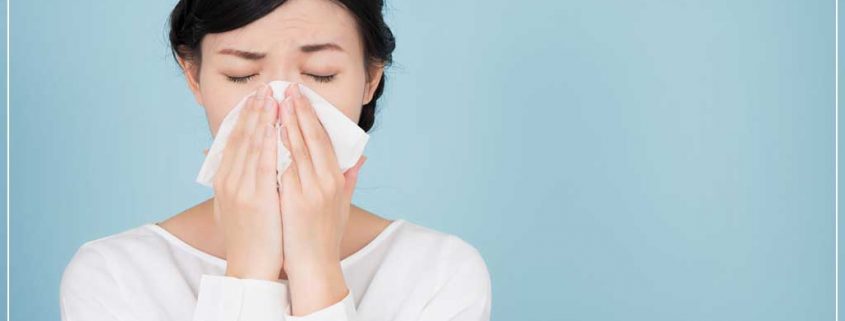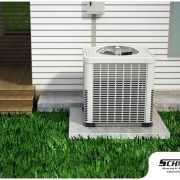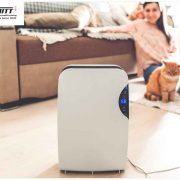Managing Spring Allergies at Home
Many people look forward to the spring season because of the beautiful weather and longer days perfect for spending time outdoors and taking leisurely walks. Others dread springtime, however, because of the allergies it triggers. Residential heating company Schmitt Heating & Air Conditioning shares an overview of how you can manage spring allergies in your own home.

What Causes Spring Allergies?
Given that most plants release their pollen in the spring, it should come as no surprise that pollen, which can stick to clothes, hair and laundry, is the top cause of spring allergies. It is by no means the only cause, however. Another cause, albeit less common, is pet dander. Dander is flakes of dead skin that fall off of animals, similar to dandruff but as fine as dust. People who say they’re allergic to certain animals are actually allergic to pet dander.
Mold is another cause of springtime allergies. It thrives in dark, warm, moist areas, such as the attic. Under normal conditions, mold spores are so minuscule they don’t have any effect on the human body. Once spores multiply on favorable surfaces, however, the indoor concentration of mold increases to the point that it can trigger allergies. Fortunately, there are ways you and a certified residential heating company can manage spring allergies.
How to Manage the Causes of Spring Allergies
In addition to taking medication prescribed by an allergist, the following are some of the things that you can do to manage spring allergies:
-
Address Indoor Air Quality Issues — Spring allergies are triggered by airborne allergens, which is why it’s so important to maintain good indoor air quality through regular HVAC cleaning and maintenance. Clean the air filters as often as once a month to ensure maximum efficiency, and clean and vacuum the carpet regularly, Make sure to use insect screens when ventilating your rooms.
-
Minimize the Sources of Allergens — Limit the time you spend outdoors during the spring season. Change your clothes and wash your hair after spending time outside, and avoid drying your laundry on the clothesline. Keep your pets indoors as much as possible, and make sure they’re regularly groomed and bathed.
-
Address Indoor Moisture Sources — Damaged roofing and leaky plumbing supply moisture that can encourage mold growth. While commercial mold-removing products are available, addressing such moisture problems promptly before mold issues can start will help ensure that it’s the least of your problems this spring.
Call Schmitt for All Your Indoor Air Quality Needs
Schmitt is the leading residential heating company in San Francisco. Give us a call at (415) 522-0966 or fill out our contact form to schedule an appointment.














